|
||
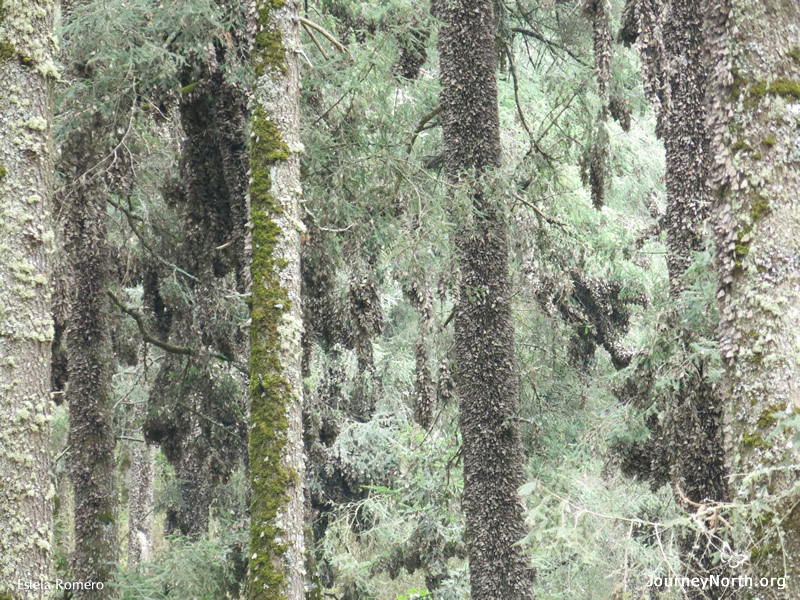 |
Migration Imminent Estela visits El Rosario and Chincua sanctuaries immediately before the storm. Images show that mass departure for spring migration has not yet occurred. |
|
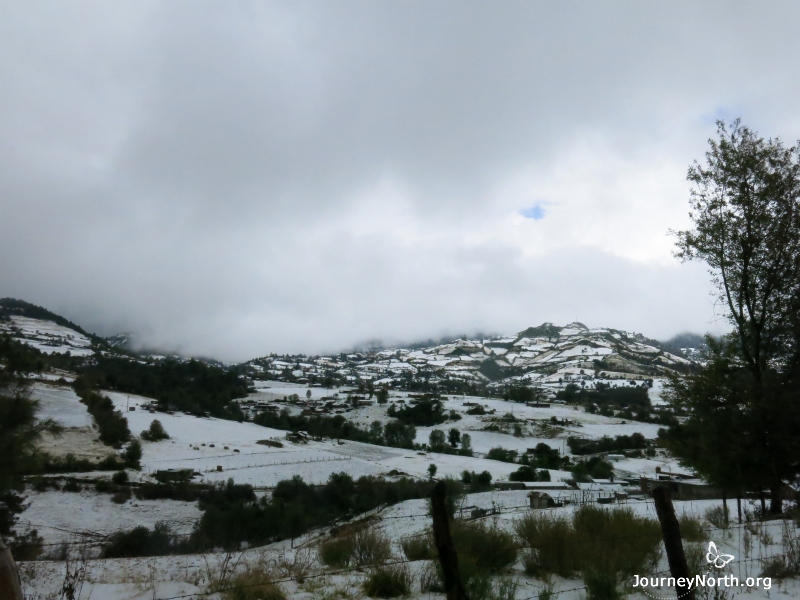 |
Severe Storm Strikes Estela documents the high winds, rain, sleet, and cold temperatures that struck the region.
|
|
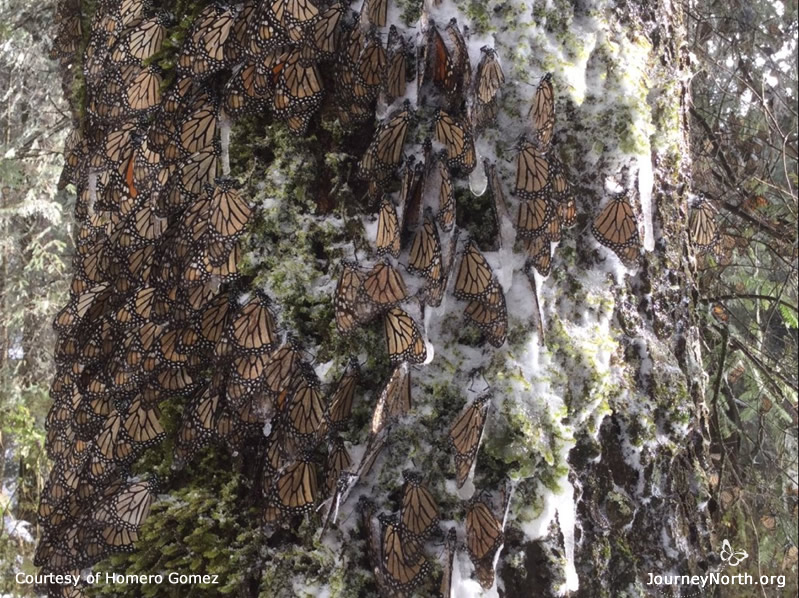 |
First Images of the Damage Photos from El Rosario Sanctuary show ice-coated butterflies and trees toppled by the strong winds.
|
|
 |
Cerro Pelon Sanctuary Experiences Destruction Ellen Sharp, who lives near Cerro Pelon and visits the sanctuary regularly, shares her concerns about the destruction she witnessed.
|
|
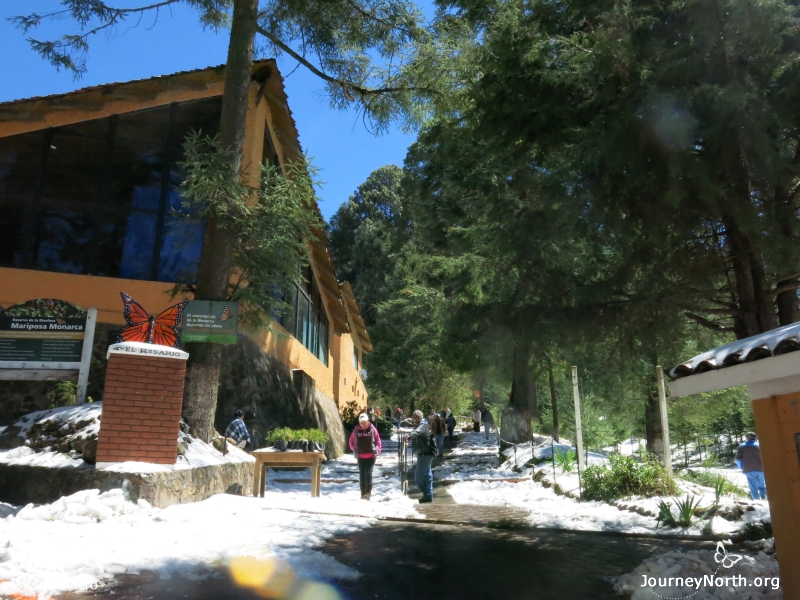 |
El Rosario Sanctuary Closed While Damage Assessed Estela visits snow-covered El Rosario Sanctuary and talks to sanctuary biologist, Felipe Martínez. Entrance is forbidden. |
|
 |
Images Show Trees Uprooted, Butterflies Downed Estela enters El Rosario and finds extensive damage to forest habitat. Access to the core sanctuary to see butterflies is denied.
|
|
 |
Impact of Storm Assessed A summary of the key questions and concerns about butterfly mortality and habitat destruction.
|
|
 |
A Sad Day at El Rosario Estela's first visit into the core of the sanctuary after the storm.
|
|
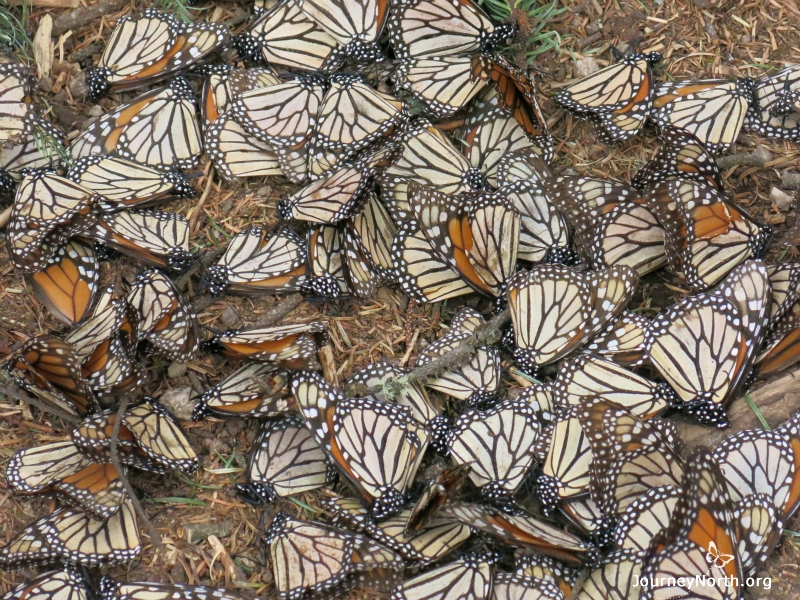 |
Monarch Mortality Predicted at 50% Dr. Lincoln Brower predicts a 50% loss of life for monarchs based on newly obtained temperature records. |
|
 |
Collecting Mortality Data Estela joins the scientific team to collect mortality data from the devastating storm.
|
|
 |
Tattered Survivors Arrive on Breeding Grounds During spring migration in Texas, observers post photos of returning monarchs in poor condition. Presumably survivors of the March storm in Mexico, these tattered butterflies flew hundreds of miles to their breeding grounds.
|
|